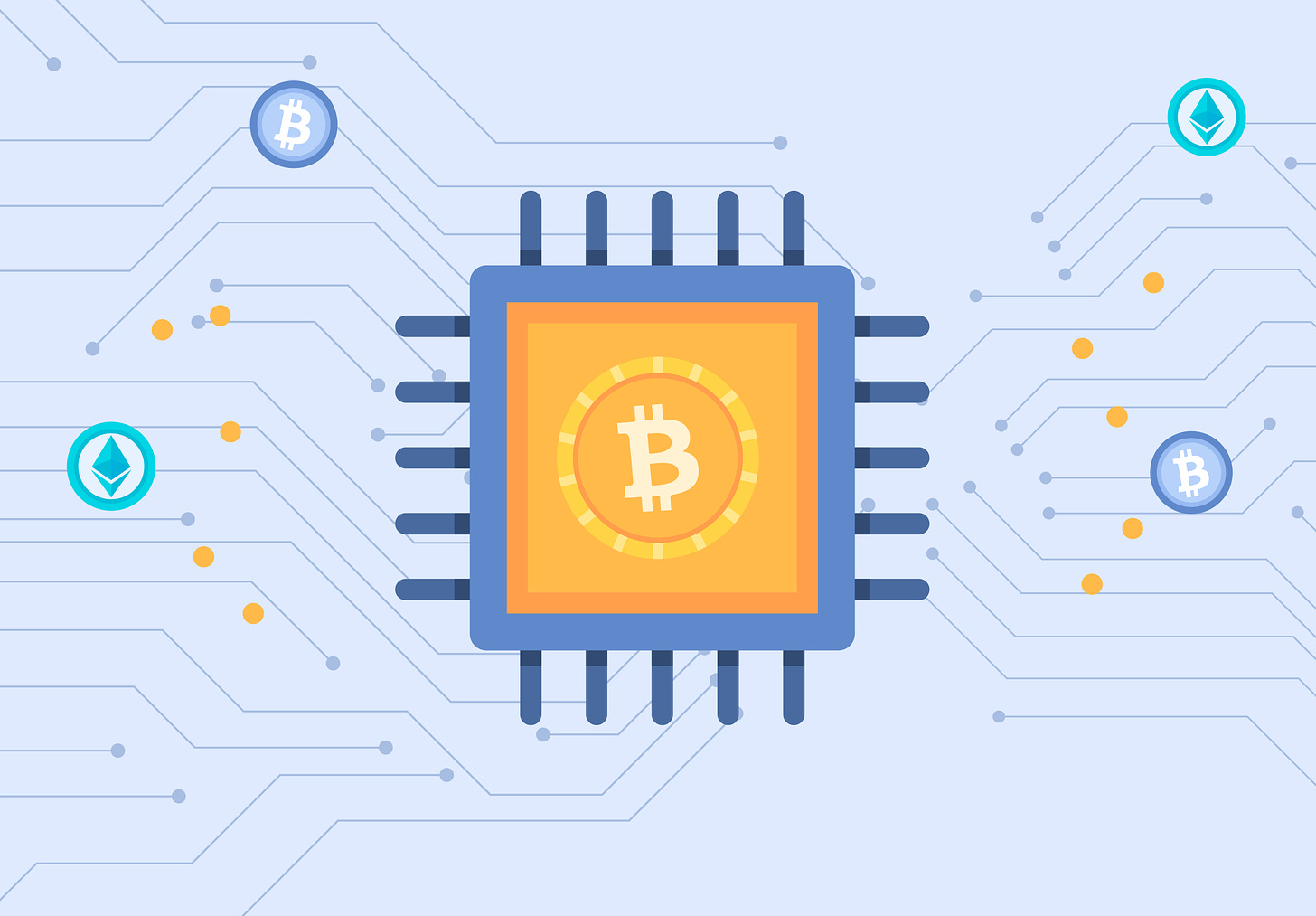Would you spend 10,000 bitcoins for two large pizzas? Though the question sounds insane today, this was the situation not more than 12 years ago. We are talking about cryptocurrency, referred to as the most exciting technological innovation of the 21st century. So, what exactly are cryptocurrencies? What is the history of this new-age innovation? Let us find out.
Before getting into history, let us understand cryptography, the basis of cryptocurrency. Cryptography is a set of technologies that helps send secure information or communication through codes that only the sender and the recipient can process and understand. When it comes to cryptocurrencies, the information is money.
Cryptocurrencies can be generally defined as any form of currency that uses cryptography to secure transactions and exists digitally or virtually. Unlike existing fiat currencies, cryptocurrencies do not have a central issuing or regulating authority like banks or governments. Instead, a decentralised system called blockchain technology records transactions and issues new units.
The idea for cryptocurrency dates back to 1983. American cryptographer David Chaum was the first to outline an early form of anonymous cryptographic electronic money in one of his conference papers. He conceptualised a currency that could be transacted, untraceable and did not require any traditional centralised entities. Chaum consolidated his ideas and developed a proto-cryptocurrency called Digicash in 1995. In 1998, Nick Szabo created Bit Gold, often considered as a direct precursor to Bitcoin. Unfortunately, both of the initial forms failed as they did not get fully developed.
October 31, 2008, marked the beginning of a revolution in the history of cryptocurrencies. A white paper titled Bitcoin: A Peer-to-Peer Electronic Cash System, considered as the backbone of Bitcoin, got published by a person or a group under the pseudonym Satoshi Nakamoto. The paper described the functionality of the Bitcoin blockchain network.
The initial value of BTC was only a few cents and equalled the dollar in April 2011.
Nakamoto bought Bitcoin.org and formally began the Bitcoin currency (BTC) project on August 18, 2008. They mined the first block, Genesis Block, of the Bitcoin network on January 3, 2009, and the software was made available to the public. The birth of Bitcoin is considered a reaction to the most chaotic financial crisis in the United States during 2007-2009. It also marked distrust of the centralised money management system consisting of banks and central governments.
The pizza story mentioned at the beginning of this article happened in 2010. A Florida-based programmer, Laszlo Hanyecz, traded 10,000 BTCs to buy two large pizzas worth around $30. This trade took place on May 22, 2010, and was the first-ever recorded cryptocurrency transaction. The day was later recognised and celebrated as Bitcoin Pizza Day among the BTC community.
The initial value of BTC was only a few cents and equalled the dollar in April 2011. Over the next three months, it rose by around 3,000% and reached $32 by June. However, it plunged to $4 by the end of the year.
WordPress, in late 2012, became the first prominent merchant to accept payment in Bitcoin.
The market boom created by Bitcoin paved the way for the emergence of many other cryptocurrencies. In October 2011, alternative versions of Bitcoin hit the market. The Bitcoin rivals like Litecoin, PPCoin, Namecoin, and OpenCoin collectively came to be known as altcoins. The value of cryptos progressed gradually, undergoing rallies and crashes, and the BTC hit its peak value of $68,789 on November 10, 2021.
In January 2014, the biggest cryptocurrency scam made global headiness. Mt. Gox, then the world’s largest bitcoin exchange, handling over 70% of all Bitcoin transactions, got hacked, and 850,000 BTC, valued at $460,000,000 at the time, was stolen. The theft likely began in 2011, and the currencies were stolen gradually over time until the exchange found the BTCs missing from their wallet. This unexpected event led to significant drop in the value of BTC, until its eventual recovery in 2016.
WordPress, in late 2012, became the first prominent merchant to accept payment in Bitcoin. Others, like Newegg.com, Expedia, Microsoft, and Tesla, followed. The Ethereum network was launched on July 30, 2015, and soon became the second largest market player after Bitcoin.
Today, merchants around the world view popular cryptocurrencies as legitimate payment methods. In addition, business magnates’ investing in cryptos have boosted the significance of these new-age currencies.
The anonymity and the extreme volatility are considered both the pros and cons of cryptos. Experts in the field are on two poles regarding cryptocurrencies. Many believe it to be the future, and others consider it can be misused for anti-social activities and terrorism. However, governments are now asserting regulatory measures to control and monitor cryptos. Every day, new cryptocurrencies are entering the market and capturing attention. The journey of cryptos has only just begun, and we might have to wait and watch where it is heading.
Thank you for listening. Subscribe to The Scando Review on thescandoreview.com.
Happy Teaching!














Cryptocurrency: The revolutionary virtual currency of 21st century